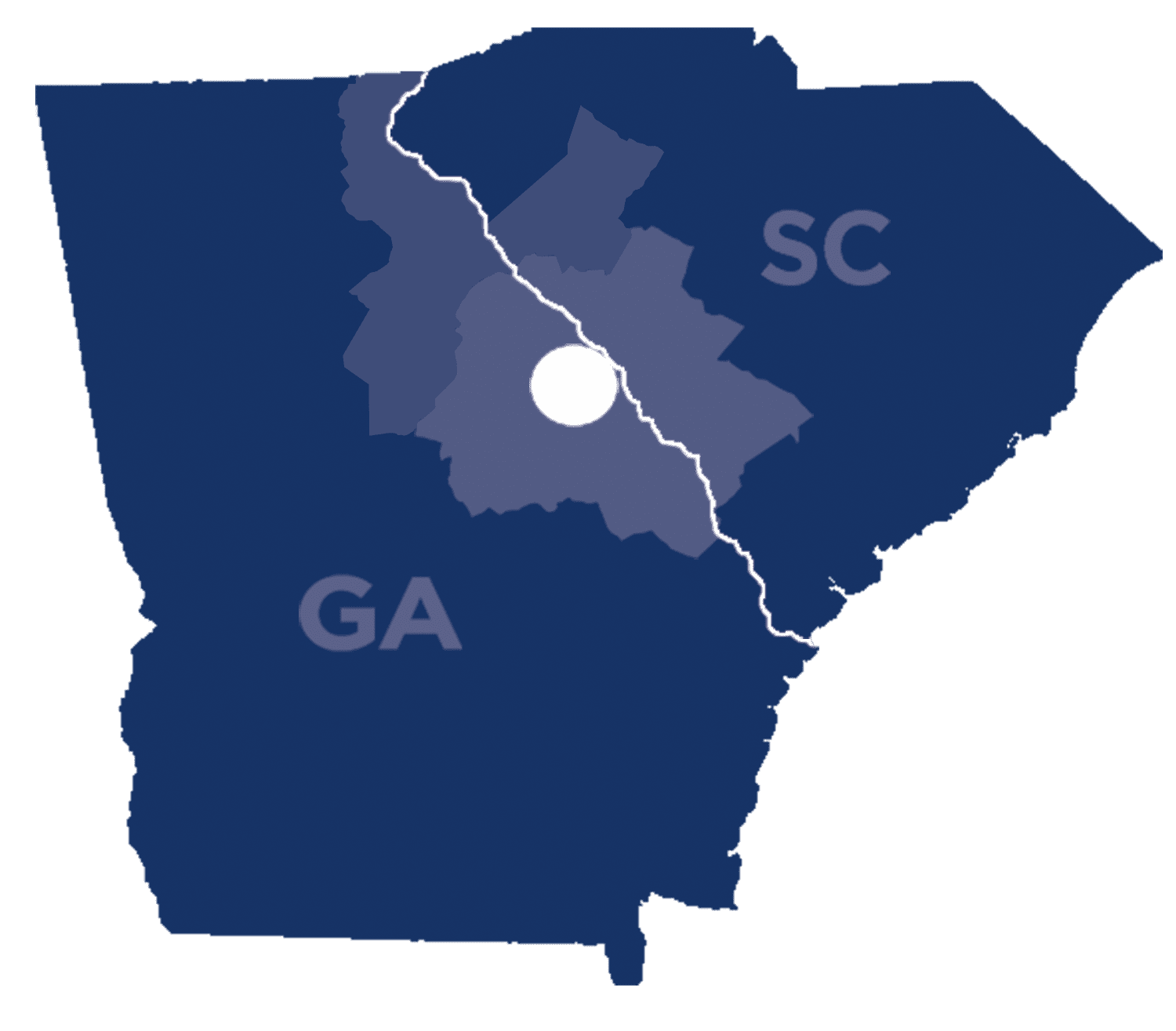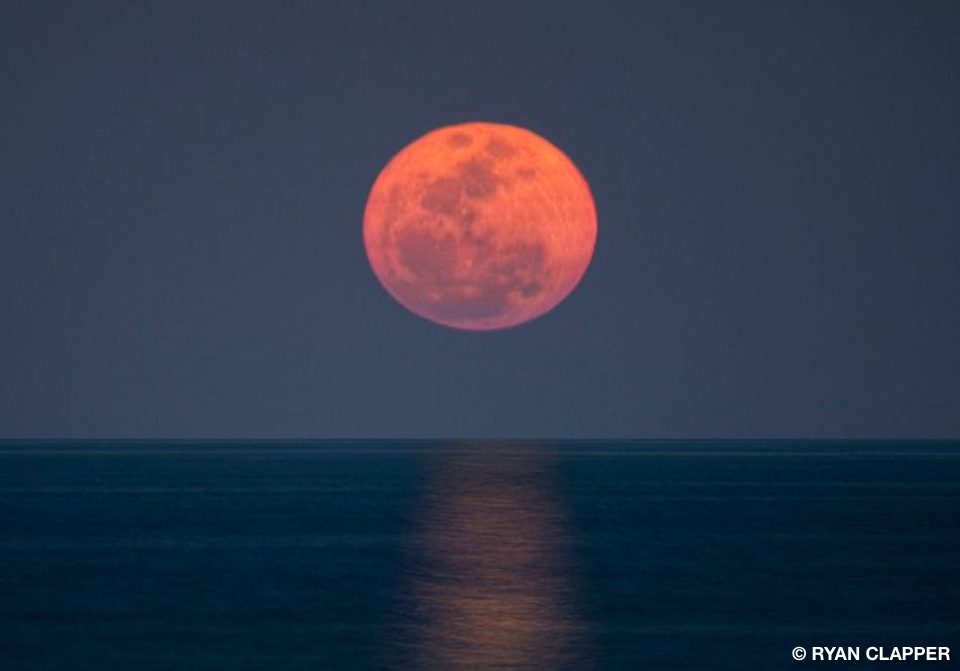By: Capt. Woody Gore. Photo Ryan Clapper
Every fisherman dreams of catching more fish! Is it possible to know in advance when you should go fishing, so you can catch more than usual, and maybe come home with dinner? Having fished for most of my life I’ve kept journals of how, what, when, and where concerning the best fishing and catching times.
When I first started my fishing career as a small boy, the best fishing times for me were whatever time happened to suit me. I tried different lures, baits and techniques until I’d spent a small fortune in my quest to improve my fishing catch ratio. Then one summer weekend, up on the Withlacoochee River my Aunt Fanny, an awesome bass angler herself, introduced me to this thing called the “Solunar Theory” or fishing by moon phases, and like most young anglers I had no idea what she was talking about.
She gave me some information and an old book she had and told me to read it. What I was reading sounded way too complicated for me. All sorts of factors needed to be checked and I had to be at the water’s edge at exactly the right time, in fact “to the minute” in order to improve on my catch. Basically, what I read was exactly what my aunt told me; that everything eats on a cycle. If the cows are lying down in the pasture, the rabbits are not looking for food and the squirrels are not scurrying around looking for acorns they aren’t eating, and guess what; the fish aren’t eating at those times either.
Man, was I really willing to take my hobby this seriously? Let’s just say that after a while, curiosity finally got the better of me. To help determine whether there was any truth in the moon’s effect on the best fishing times, I kept a record of every trip I made over a period of 20 months. I recorded as much information as possible as it related to moon phases, weather conditions and what I caught. What I discovered convinced me that taking the moon into consideration, especially as it related to the tides, really worked. But, I also found it wasn’t nearly as complicated as most folks think.
How does moon phase fishing work?
Hunters have always known that fish and game are most active at dawn and dusk; sunrise and sunset, but their activity surrounding moonrise and moonset is less noticeable since these events are likely to occur without effecting any change in perceived light. The rise and set of a new moon is invisible anyway, and overcast weather often hides a moon. Without prior knowledge of setting and rising times, two of the best fishing times could be missed every day!
Almost every angler understands the best fishing times are when the fish are feeding. This tends to be during dawn and dusk, but what often goes unnoticed are the two periods elsewhere in the day, which are moonrise and moonset. These are important, because these moon phases also have an effect on a variety of factors when they trigger a feeding pattern during these periods.
So understanding this, and choosing times when sunrise/sunset and moonrise/moonset coincide with new or full moon phases, you’ll increase you chance of catching instead of fishing. However, if you’re going to catch fish you must of course be fishing where there are fish.
Choosing the best fishing times.
It’s actually fairly simple when you think about it. It’s just a matter of knowing exactly when the sun and moon will rise and set. Fish, much like other animals, are most active during 90 minute windows surrounding each of these four daily periods; you get 45 minutes before and after these four daily periods.
Your catch ratio should increase during these periods. Being at the water’s edge on the days of new or full moons gives you a window of opportunity to catch fish like you’ve never done before. If you have to choose between sunrise or sunset and moonrise or moonset, always go with the moon since it’s the stronger influence.
Now that you know moon phase fishing works, there’s no reason why you shouldn’t apply this information to help you catch more fish.
Check out Barracuda Bob’s Bait & Tackle Company’s website, www.barracudabobs.net for a link to tide and solunar tables. Click on the “Tide Data” tab and scroll down to find all sorts of useful information related to fishing.

